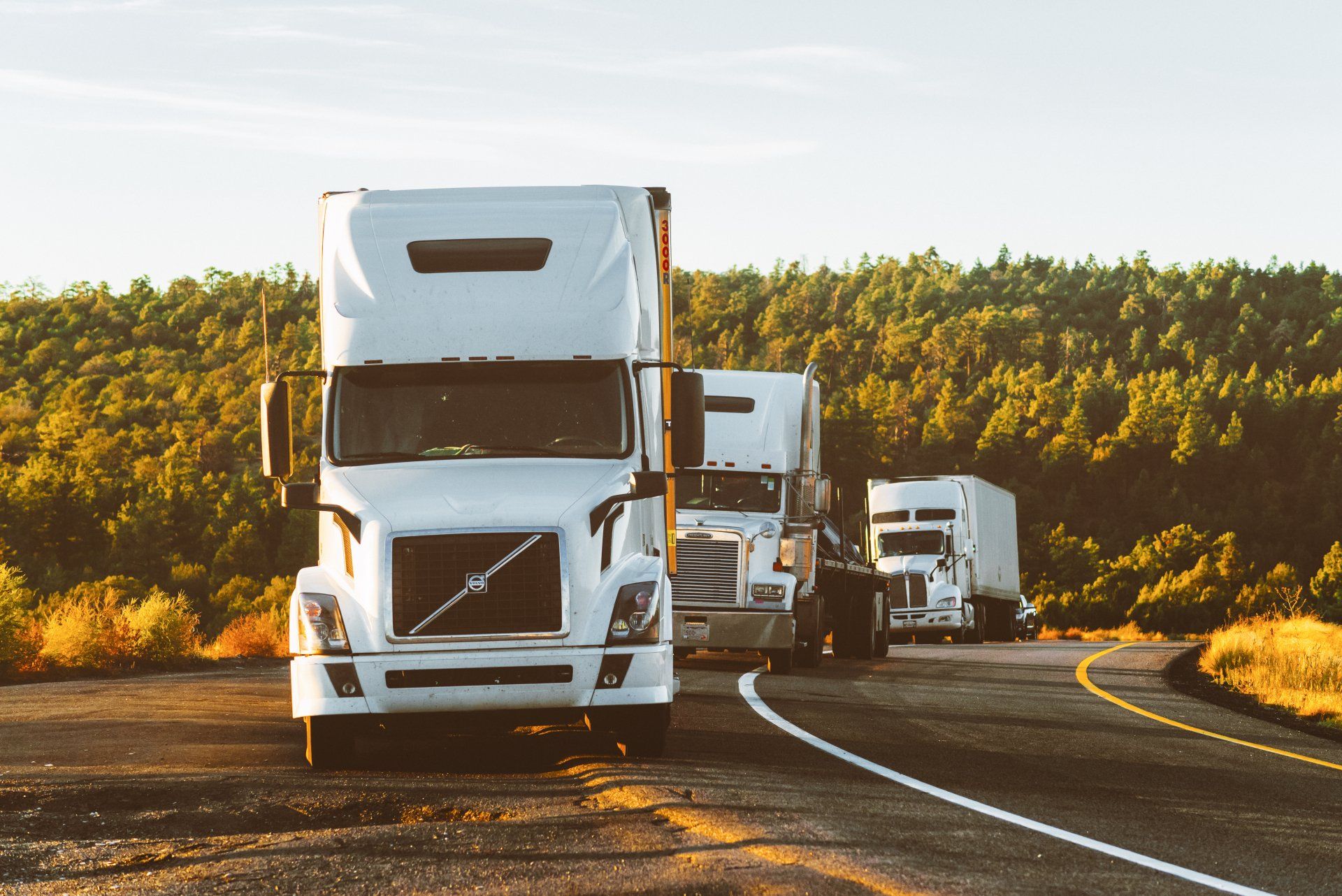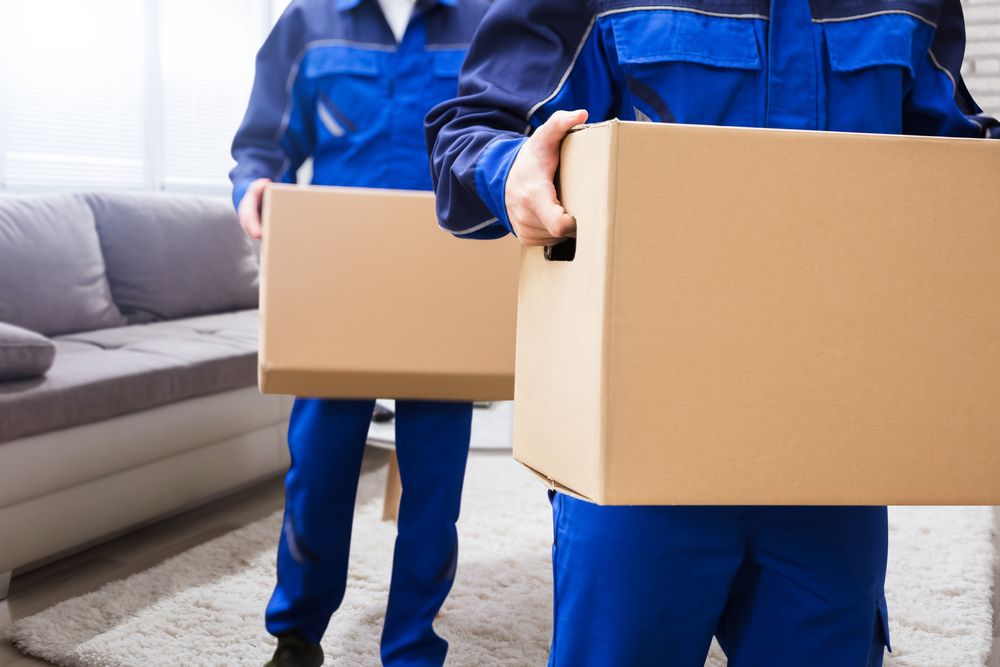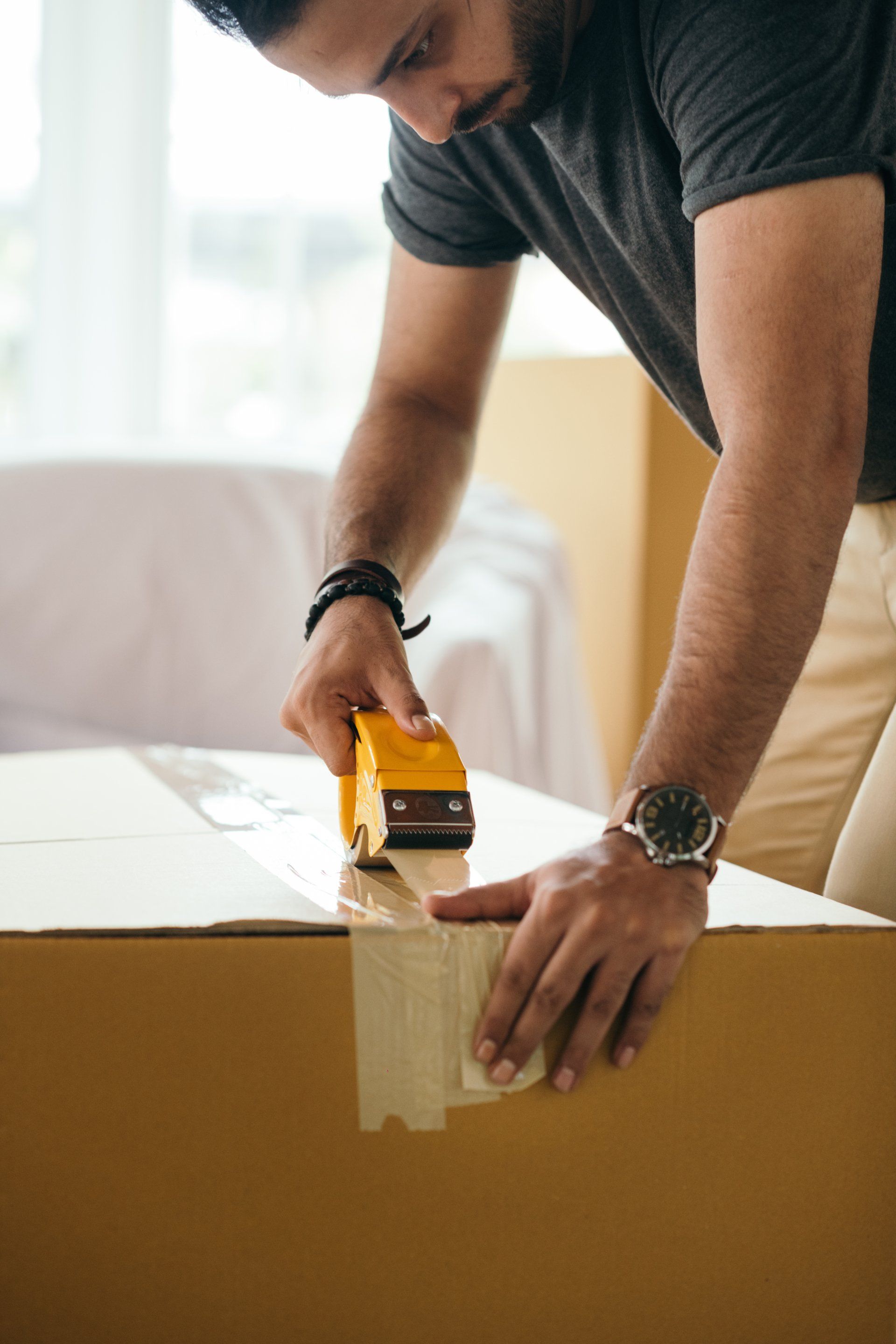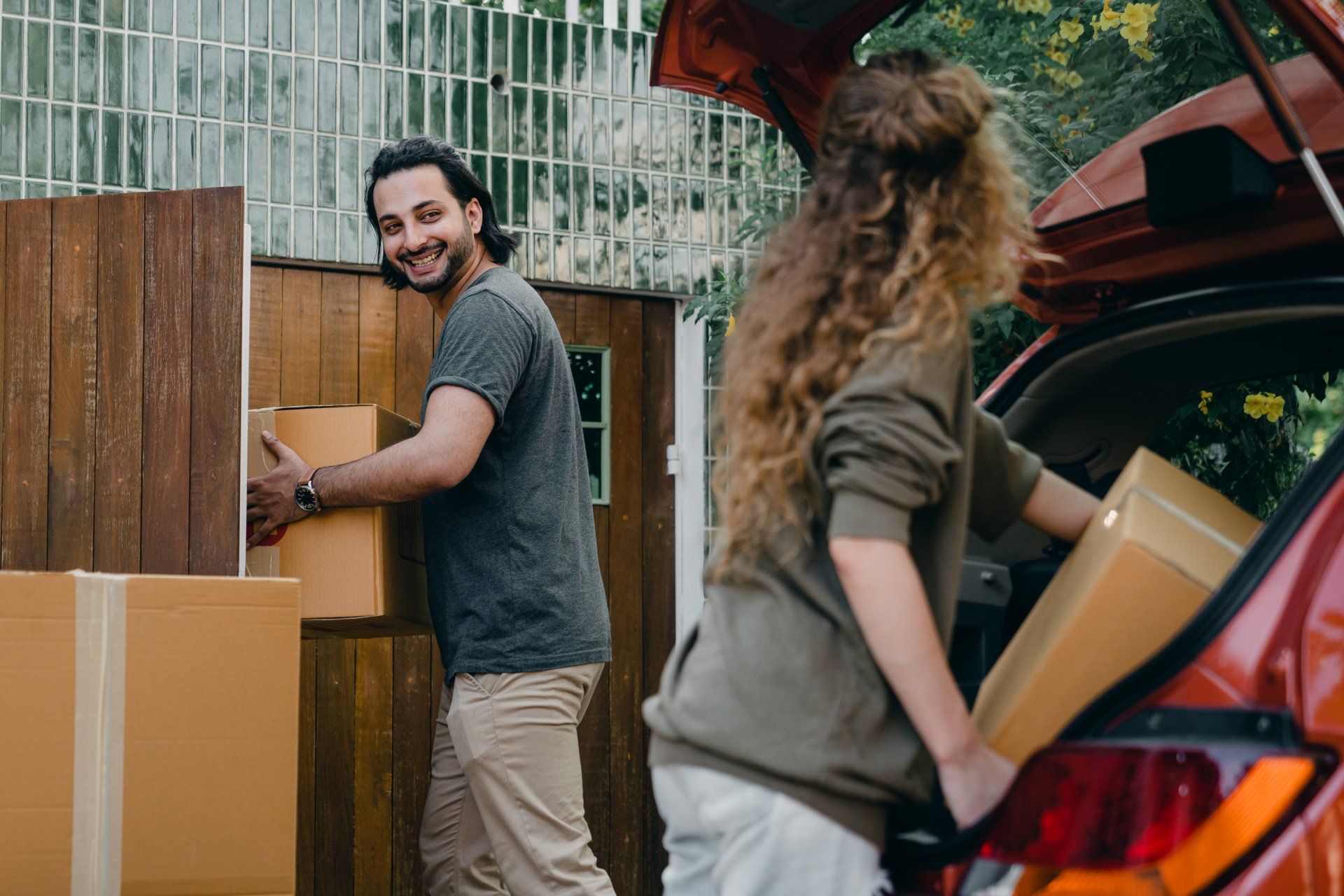Expert Tips For Packing And Preparing For A Long-Distance Move
Moving to a new home is often an exciting yet daunting endeavor. It can be like taking a leap of faith, stepping into the unknown with your life in tow. Packing and preparing for a long-distance move requires careful planning ahead of time; it’s not something to take lightly. With that said, making sure you have everything organized before the big day will help relieve stress and ensure nothing gets left behind.
The task of packing up one's life can feel overwhelming at times, but if you break down each step into manageable chunks, you'll find yourself well on your way towards completing this important milestone in no time. To make things easier, we've got some expert tips designed to provide guidance in organizing and executing the perfect long-distance move.
From researching moving companies to creating
checklists to stay organized throughout the process, these tricks are guaranteed to give you peace of mind as you prepare for what could possibly be the biggest change in your life so far! So don't let fear stop you from achieving your dreams - get ready to start your journey today with our helpful guide on how to pack and prepare for a long-distance move!

Gathering Packing Materials
Moving to a new home can be daunting, especially when the move is long-distance. With proper preparation and packing materials on hand, however, it's possible to make the process easier. According to research from Moving.com, about 35 million Americans move each year - an impressive statistic that speaks volumes about our nation's ever-changing landscape. So let's take a look at some expert tips for gathering all the necessary supplies for your upcoming big move.
The most obvious place to start is with boxes! Make sure you have plenty of different sizes on hand; they should range from small to large depending on what type of items you're packing up. Don't forget to label each box too so that unpacking won't be as chaotic later on down the line. Additionally, bubble wrap or old newspapers are great ways to protect breakables during transit. You may also want to invest in stretch wrap if you plan on keeping furniture together while moving them around.
Last but not least, don't overlook smaller details such as tape and markers - these items will prove invaluable when it comes time to secure boxes and mark which room their contents belong in. And remember: just because something isn't necessarily fragile doesn't mean it shouldn't still be protected when being moved from one place to another! Taking extra precautionary steps now will save you lots of headaches later.
Purging And Prioritizing Household Items
When packing for a long-distance move, it's important to take the time to purge and prioritize your belongings. This helps make sure you don't end up hauling unnecessary items across the country - which can be costly in both money and energy.
Before moving day arrives, go through every room of your home and organize all of your possessions into three piles: keep, donate/sell, discard. Donate or sell what you no longer need or want; then pack away only those things that fit within your budget and space constraints. Taking this step will help lessen the load when it comes time to physically move.
As you sort through each item, consider whether it has sentimental value or is necessary for everyday life at your new location. Once you have established these criteria, create an organized plan for packing - by room, type of item, or any other method that works best for you. Doing so ensures that nothing gets left behind as you begin your journey!
Scheduling Professional Movers
When it comes to a long-distance move, one of the most important steps is scheduling professional movers. With their expertise and access to resources, they can make your transition smoother and simpler. Hiring a long distance moving company allows you to delegate the hard work to experts who are experienced in this type of task. They’ll be able to organize all aspects of relocating – from packing up your home to transporting items safely across state lines. Plus, they'll provide reliable tracking services so that you know when everything will arrive at your new destination.
Not only do professional movers take care of the heavy lifting for you, but they also come with added insurance protection against any damages or losses during transit. This extra layer of security means that you have peace of mind knowing that if anything does happen along the way, you’re covered financially for any repairs or replacements needed.
Scheduling professional movers should definitely not be overlooked in your planning process. The right team can help ensure that your relocation goes as smoothly as possible without any unexpected surprises!
Researching And Reserving Temporary Lodging
Planning a long-distance move can be overwhelming. Having the right information and strategies can make all the difference in ensuring everything goes smoothly. One important step is researching and reserving temporary lodging for your arrival at the new location.
Once you know when and where you're moving, it's time to look into hotel or Airbnb options near your destination. Choose an area that has easy access to public transportation if needed, as well as amenities like grocery stores, banks, etc., within walking distance. Read reviews of hotels and other accommodations before booking; this will help ensure that you pick somewhere clean and comfortable during your transition period.
Booking early also helps guarantee availability - plus, many places offer discounts for advance reservations. You may even find special packages with local attractions included. Securing permanent housing usually takes a little bit of time so having a place to stay until then makes the process easier on everyone involved!
Creating A Moving Checklist
Striking while the iron's hot, it is important to create a moving checklist if you are looking to make sure your long-distance move goes smoothly. This list should include all of the tasks that need to be completed before, during, and after the move such as packing items, reserving a moving truck or company, canceling utilities at one residence and turning on the other, scheduling movers or helping friends with their time and effort, etc.
Creating this list will help ensure no task is forgotten in an already stressful process. It can also serve as a way for family members or roommates to delegate who is responsible for what tasks throughout the entire process. For example, assign each person specific boxes to pack up from each room as well as assigning someone to oversee the whole project; having multiple people work together provides accountability among those involved so that nothing gets overlooked.
With careful planning and preparation comes success when dealing with any large undertaking like a long-distance move - creating a checklist helps provide guidance along the journey by providing pertinent details about everything necessary for the successful completion of your relocation needs.
Making Copies Of Important Documents
Moving can be a stressful process, especially if it’s long-distance. To make sure you stay organized and prepared throughout the move, creating copies of important documents is key. This way, if any papers get lost or damaged during the transition, you won’t have to worry about tracking down replacements.
Before packing up your home for the big move, take some time to make photocopies of all essential paperwork that needs to accompany you on your journey. Documents such as birth certificates, social security cards, passports, medical records and insurance information should be securely stored away in a folder until needed again. Additionally, keep an electronic version saved somewhere safe (such as a USB drive) just in case something gets misplaced along the way.
When moving long distance with valuable items like jewelry or artwork, also consider obtaining appraisals for extra protection against theft or damage. Having this documentation could come in handy when filing insurance claims later on. So before heading out on your trip across town or country - don't forget those critical backups!
Storing Valuables For Safe Transport
When it comes to a long-distance move, the transport of valuables can be an overwhelming task. It is important to store them safely so they don't get lost or damaged during transit. To guarantee your valuable items are safe, there are a few key steps you'll need to take.
First, make sure all fragile objects like artwork and electronics are securely wrapped in bubble wrap or packing peanuts for protection. Additionally, consider investing in plastic containers with tight lids that won't let moisture inside if you're moving during hot weather. This will ensure any delicate belongings remain intact throughout the journey.
In addition to securing all fragile possessions, label every box containing your most treasured items clearly and visibly before loading it onto the truck. Doing this will help prevent confusion when unpacking at your destination and also makes it easier for movers to handle each item more carefully because they know exactly what's inside each box. Lastly, keep precious materials such as jewelry with you while traveling instead of sending them through the mail since they could easily become misplaced or stolen along the way.
By taking these simple precautions when storing valuables for transportation, you can rest assured knowing that everything will arrive safely at its new home without suffering any damage during transit.
Labeling Boxes For Easy Unpacking
When it comes to long-distance moves, labeling boxes is an essential step. This helps ensure that the unpacking process goes as smoothly and quickly as possible. Labels should include a brief description of what's inside each box, along with which room or area it belongs in at its destination.
Making sure all your items are labeled properly will help you find things more easily when you arrive at your new home. You’ll be able to unpack much faster since you won't have to waste time opening multiple boxes just to figure out where they belong. Plus, if something gets misplaced during the transport process, labels can make finding them again easier.
Before packing anything away for the move, be sure to take some extra time and label everything clearly. Doing so ahead of time will save you from having to dig through lots of unmarked boxes once you reach your final destination!
Utilizing Organization Strategies During The Move
When it comes to a long-distance move, organization is the key! And if you don't get your act together before the big day, then there could be trouble ahead. That's why utilizing organization strategies during the move is essential for making sure everything runs smoothly.
It can seem like an overwhelming task trying to organize every single item that needs to be moved from one place to another, but there are ways to make it easier. You should create a detailed plan of what items need to go where and how they will fit into their new space. Additionally, invest in sturdy boxes or bins with labels so that when you arrive at your destination all of your belongings will be easy to find and unpack quickly.
You should also take advantage of digital tools like apps and websites which help manage tasks such as creating packing lists, tracking shipments, and finding storage solutions near your new home. Plus, these resources can provide helpful tips on how to save money on moving expenses while still ensuring your belongings stay safe during transport. So don't let a lack of preparation cause unnecessary stress - utilize organizational strategies throughout the entire moving process!
Securing Utility Transfers And Connections
Relocating across state lines or even to a different country can be an incredibly stressful experience. According to the U.S Census Bureau, 36 million Americans move each year, making it one of the most common life events in our society. Securing utility transfers and connections is an essential part of this process that should not be overlooked.
When planning your long-distance move, take into consideration all of the utilities you will need for your new residence: electricity, water, gas, cable/internet connection and telephone service are some basic needs you will have to transfer or connect before settling into your new home. Depending on where you’re moving from and to, certain services may be more labor intensive than others; for example, if you’re relocating from rural areas with limited infrastructure then connecting internet services might require additional time and effort when compared to urban centers. Researching ahead of time will help ensure a smoother transition as well as avoid unexpected costs.
Organizing these tasks along with other parts of the relocation plan can make all the difference between a smooth transition and a disorganized one. It's important not only to keep track of what needs to be done but also when those things need to be completed by – especially in cases where timing is key such as transferring phone numbers or canceling existing contracts prior to finalizing new ones in your destination city. Taking proactive steps like these will save time and stress during your big move!
Ready to Move?
Moving requires careful planning and organization in order to ensure your items reach their destination safely and securely. By following these expert tips for packing and preparing for a long-distance move, you'll have peace of mind knowing that you've taken all the necessary steps to make sure everything goes as smoothly as possible.
But even with all your hard work and preparation, unexpected bumps may still appear on the road ahead. Despite how much we plan and prepare, sometimes things don't go as expected - but it's important to remember that this is part of life! The irony is that despite our best efforts, there will always be some unknowns along the way, so embrace them instead of worrying about them.
At the end of the day,
long distance moving is an adventure – one that should be enjoyed rather than dreaded. So keep your head up high and enjoy every minute of this new chapter in your life! With proper planning and preparedness, you’ll look back at this time with fond memories instead of anxiety and stress.











